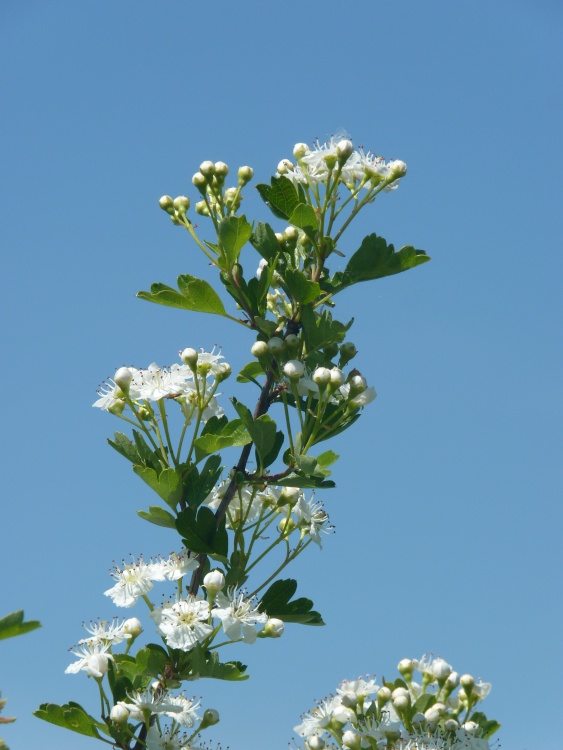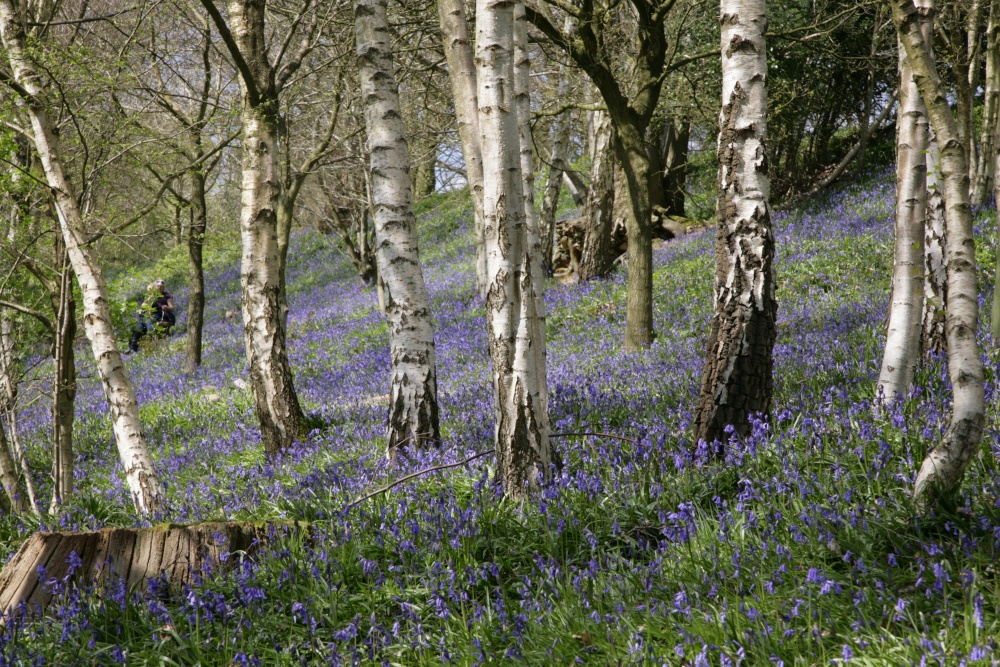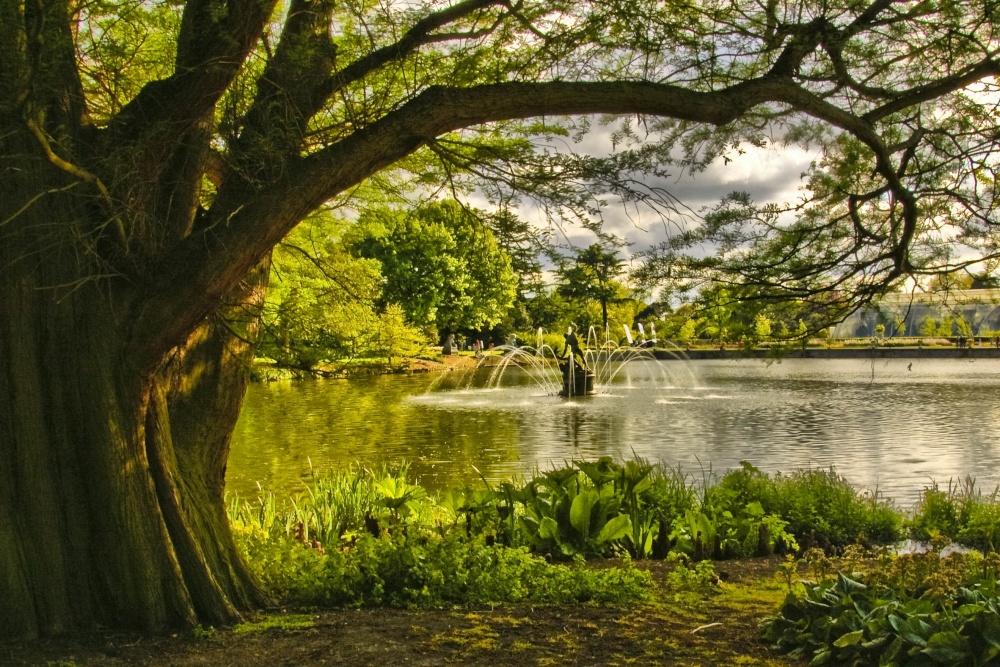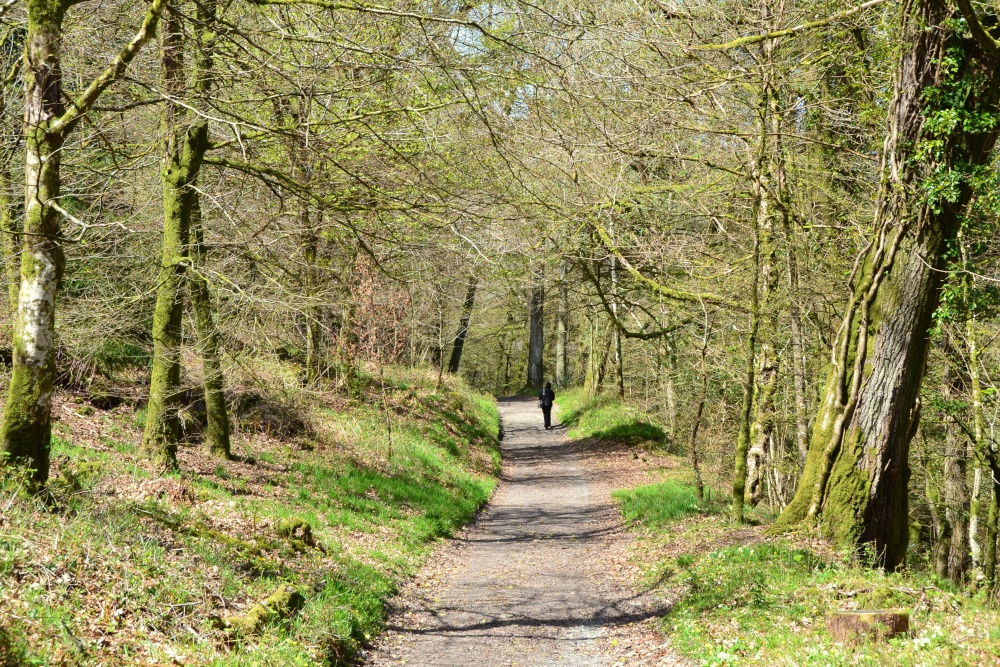The Native Trees of England: A Botanical Tapestry
England's landscape is adorned with a rich tapestry of native trees, each species contributing to the nation's natural and historical heritage. These trees, with their distinctive features and unique characteristics, have woven themselves into the fabric of England's countryside, providing habitat, resources, and a sense of continuity through the centuries.
The native trees of England, with their diverse characteristics and historical significance, form an integral part of the nation's identity. From the mighty Oak, standing sentinel in legendary forests, to the enduring Yew, silently witnessing centuries of history, and the delicate blossoms of the Hawthorn adorning the countryside, these trees contribute to England's natural beauty and cultural wealth. As custodians of this botanical heritage, it is our responsibility to appreciate, protect, and pass on the legacy of these remarkable trees to future generations.
Oak (Quercus robur and Quercus petraea)

Bradgate Park,Old Oaks. - Image by PicturesOfEngland.com member James Carter (view gallery)
The Oak, comprising two primary species in England, Quercus robur (English Oak) and Quercus petraea (Sessile Oak), stands as an emblematic giant in the country's woodland palette. With its robust and enduring presence, the Oak has been revered since ancient times. The English Oak, in particular, is steeped in cultural significance and is often considered a symbol of strength and longevity.
Botanically, these species exhibit distinctive features. The English Oak, with its lobed leaves and acorns borne on long stalks, dominates lowland areas. In contrast, the Sessile Oak, identifiable by its stalkless acorns and elongated leaves with irregular lobes, thrives in upland regions.
Historically, Oak wood has been highly valued for its durability and strength, making it a preferred material for shipbuilding, construction, and furniture. In folklore, Oak trees were believed to possess protective qualities, and many ancient rituals were conducted beneath their branches.
Notable locations featuring magnificent Oak specimens include Sherwood Forest in Nottinghamshire, where the Major Oak is said to have sheltered Robin Hood and his band of outlaws. This ancient tree, estimated to be over 800 years old, stands as a living testament to the enduring tales of England's legendary past.
Yew (Taxus baccata)

Old yew tree, Dundonnel Gardens - Image by PicturesOfEngland.com member Ike Gibson (view gallery)
The Yew, Taxus baccata, is a mystical presence in England's landscape, often found in churchyards and ancient sites. This evergreen coniferous tree boasts dark green needles and red, fleshy berries. Its longevity is remarkable, with some specimens exceeding a thousand years, making it one of the oldest living organisms in the country.
Yew trees are known for their toxic properties, as their foliage contains compounds that can be lethal if ingested. Despite this, the Yew has been historically revered and associated with themes of death and rebirth. Its presence in churchyards is not accidental; Yew trees were planted near places of worship to symbolize eternal life.
One of the most famous Yew trees in England is the Fortingall Yew in Perthshire, Scotland, believed to be around 5,000 years old. In England, the Ankerwycke Yew near Runnymede, associated with the sealing of the Magna Carta in 1215, is another venerable example of this ancient species.
Hawthorn (Crataegus monogyna)

Blooming Crataegus !! - Image by PicturesOfEngland.com member Vince Hawthorn (view gallery)
The Hawthorn, also known as the May Tree, is a deciduous species that graces the English countryside with its profusion of white blossoms in late spring. Botanically identified as Crataegus monogyna, this tree is a member of the rose family and is characterized by its thorny branches and lobed leaves.
The Hawthorn has deep-rooted folklore and cultural significance. Traditionally, it is associated with May Day celebrations, and its blossoms are believed to bring good luck. In the language of flowers, the Hawthorn symbolizes hope and supreme happiness.
Historically, the Hawthorn has been used for hedgerows, providing natural boundaries for fields and pastures. Its thorns serve as a deterrent to livestock, contributing to the practical aspects of rural life.
While not as ancient as the Oak or Yew, the Hawthorn is scattered across the English countryside, creating picturesque landscapes, especially in the Cotswolds and other rural regions.
Kew Gardens, officially known as the Royal Botanic Gardens, is not only a renowned tourist destination but also a global center for plant research and conservation. The institution, located in southwest London, plays a crucial role in the preservation and study of diverse plant species, including English trees.
One of Kew's primary objectives is to maintain living collections of plants from around the world. Within this vast array, the representation of English tree species holds special significance. The gardens boast an extensive arboretum, showcasing a diverse range of trees native to England. This living collection serves as a resource for researchers, botanists, and horticulturists aiming to deepen their understanding of these species.
Silver Birch (Betula pendula)

Silver Birches - Image by PicturesOfEngland.com member Adam Swaine (view gallery)
The Silver Birch, scientifically known as Betula pendula, graces England's landscapes with its distinctive slender form and delicate silver bark. This native tree is a symbol of grace and elegance in woodlands across the country. Its slender branches, adorned with small, serrated leaves, create a light and airy canopy that sways gracefully in the breeze.
Botanically, the Silver Birch is recognized by its distinctive papery bark, which peels off in thin, silvery-white layers. Its leaves are small, diamond-shaped, and doubly serrated. The tree is a pioneer species, often one of the first to colonize open spaces, contributing to its widespread presence in England's forests.
Historically, the Silver Birch has been utilized for various purposes. Its flexible branches were employed for crafting brooms, and its bark was used for making canoes by indigenous peoples. In modern times, the Silver Birch is valued for its ornamental qualities in gardens and urban green spaces.
One notable location to appreciate the beauty of Silver Birch trees is in the enchanting birch woodlands of the Lake District. These woodlands, with their silver trunks gleaming in the sunlight, offer a serene and picturesque landscape.
Common Beech (Fagus sylvatica)

Beech Trees - Image by PicturesOfEngland.com member © Steve Henson (view gallery)
The Common Beech, scientifically known as Fagus sylvatica, stands as a majestic and iconic presence in England's woodlands. Known for its tall, straight trunk and dense canopy of vibrant green leaves, the Common Beech is a dominant species in many ancient and modern forests.
Botanically, the Common Beech is recognized by its smooth, silver-gray bark and elliptical, toothed leaves. In spring, the tree produces delicate pale-green leaves that transform into a rich copper hue in autumn, creating a breathtaking display of seasonal colors.
Historically, Beech wood has been prized for its strength and durability, making it suitable for various purposes, including furniture, tool handles, and fuel. The nuts, known as beech mast, are a valuable food source for wildlife, including squirrels and deer.
One remarkable location to encounter grand specimens of Common Beech is Savernake Forest in Wiltshire. This ancient forest, boasting a diverse range of tree species, showcases the enduring beauty and ecological importance of the Common Beech in England's natural tapestry.
Kew Gardens conservation

Royal Botanic Gardens, Kew - Image by PicturesOfEngland.com member Atanas Tomov (view gallery)
Kew Gardens actively engages in propagation programs to grow and safeguard English tree species. These initiatives involve cultivating plants from seeds, cuttings, or other reproductive methods. By carefully managing these collections, Kew contributes to the conservation of genetic diversity within each species. This becomes particularly crucial in the face of environmental challenges, such as climate change and habitat loss.
The gardens also house a Millennium Seed Bank, an ambitious project aimed at preserving seeds from a vast number of plant species worldwide. This includes various English trees, ensuring the long-term conservation of their genetic material. Stored under controlled conditions, these seeds serve as an invaluable insurance policy against the loss of biodiversity.
In addition to on-site conservation efforts, Kew Gardens plays a role in collaborative projects, both nationally and internationally, to further research and conservation goals. Through partnerships with other botanical institutions, government agencies, and environmental organizations, Kew contributes to a collective effort to understand, protect, and celebrate the rich tapestry of English tree species and global plant diversity.
A Pictures of England article submitted by David Coe
More articles on PicturesOfEngland.com..






